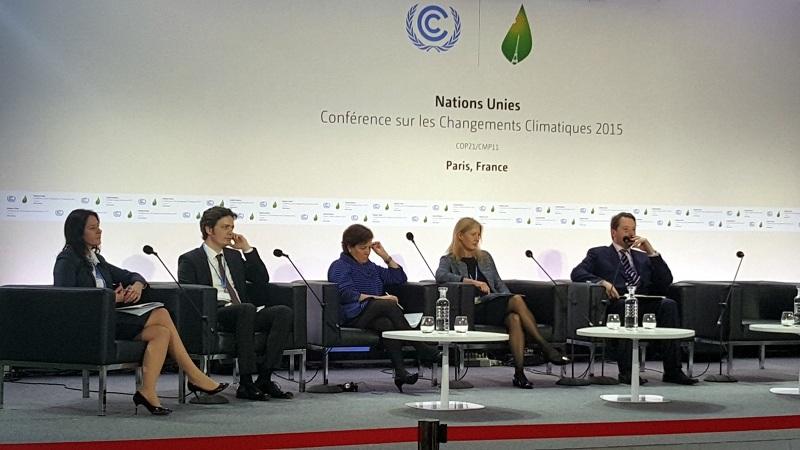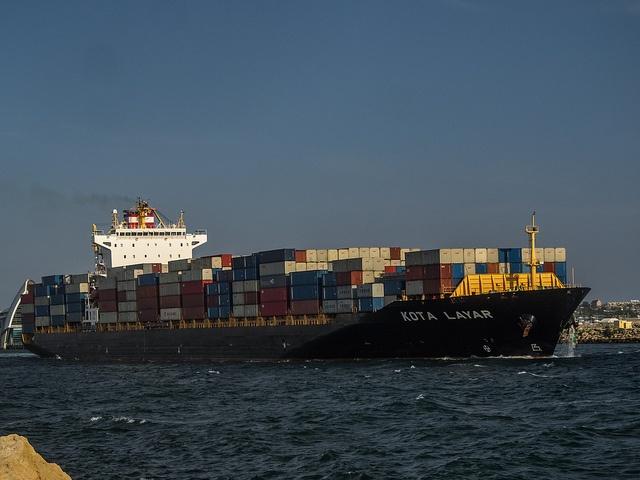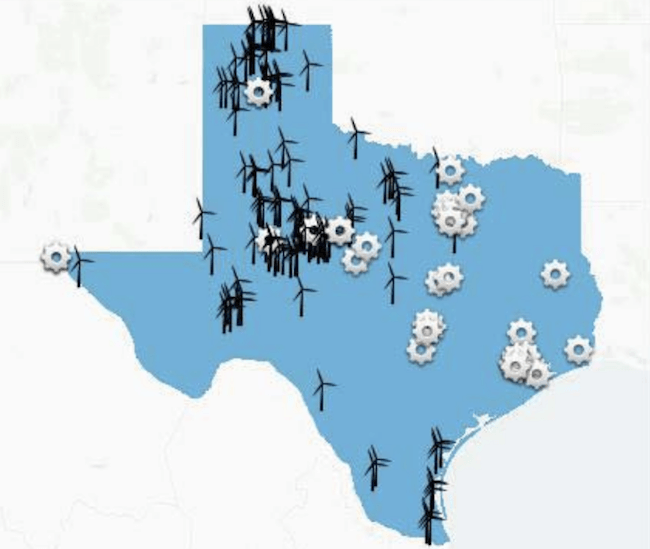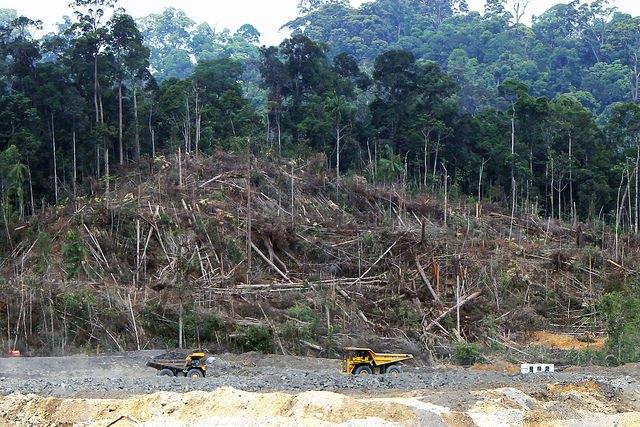3p Weekend: Everything You Need to Know About COP21


With a busy week behind you and the weekend within reach, there’s no shame in taking things a bit easy on Friday afternoon. With this in mind, every Friday TriplePundit will give you a fun, easy read on a topic you care about. So, take a break from those endless email threads and spend five minutes catching up on the latest trends in sustainability and business.
If you haven't already heard, the 21st Session of the Conference of Parties (COP21) kicked off this week in Paris -- and the TriplePundit team is on the ground taking in all the action.
The United Nations conference, where a global climate agreement will be discussed, is widely expected to be our last chance to ink a global commitment to halt climate change. While plenty of challenges remain, the attitude in the conference halls at Le Bourget in Paris remains positive.
Did you catch all the big news this week? Spend a few minutes this afternoon to make sure.
NGOs react to Obama’s opening speech
In a moving address at the opening session of COP21 on Monday, President Barack Obama called for resolve in the coming two weeks of negotiations, keeping in mind the long-term implications of the results.
“Our generation may not even live to see the full realization of what we do here,” Obama said at the close of his speech. “But the knowledge that the next generation will be better off for what we do here – can we imagine a more worthy reward than that?”
An afternoon press conference allowed leaders from several U.S.-based NGOs, including 350.org and the NAACP, to offer their reactions to Obama’s speech earlier in the day.
Public and private partners bolster smallholder farmers
Governments and food and agriculture organizations joined on Tuesday with a unified goal: to respond to the urgent climate challenges facing agriculture. The public and private partners launched six cooperative initiatives that will protect the long-term livelihoods of millions of farmers, help ensure food security for billions of people and reduce greenhouse gas emissions to curb climate change.“It is essential that we speak about agriculture when it comes to climate change, because it is about our food security,” Catherine Geslain-Lanéelle, general director of France’s Ministry of Agriculture, said during a press briefing on Tuesday.
Launched under the Lima-Paris Action Agenda, these partnerships will deploy money and know-how across both developed and developing nations to help hard-pressed farmers become key actors in the global drive to achieve a low-carbon, climate-resilient future.
World Bank launches $500 million plan to boost climate action
The World Bank's Transformative Carbon Asset Facility (TCAF), announced on Tuesday during the COP21 talks, will attempt to find new ways to create new greenhouse gas reduction programs in developing countries.
Germany, Norway, Sweden and Switzerland are the first countries to fund what the World Bank aims to be a $500 million effort to reduce the risks of climate change. Half of that amount has been pledged so far.
The World Bank also announced a new carbon pricing initiative at the conference.
Record $3.4 trillion committed to fossil fuel divestment
At a press conference on Wednesday at COP21, representatives from the Rockefeller Brothers Fund, the California Senate, the World Resources Institute and the London School of Economics joined 350.org to announce that $3.4 trillion in assets are now committed to some form of divestment from fossil fuels.
The finance gap still poses challenges
There is incredible optimism that the ongoing global climate talks in Paris will produce, finally, a strong climate agreement. That being said, there are still some serious barriers that need to be overcome, none more so than determining an equitable and transparent system for climate finance.
Island nations tackle shipping emissions
Small island nations have formed a voting bloc for U.N. climate change negotiations, called the Small Island Developing States (SIDS), to lobby for the issues and points of view of greatest concern to these small-but-mighty nations.
These islands are united by what surrounds them — ocean water — which is one of the reasons they’ve come together to call out the international shipping industry, a still largely unregulated source of emissions.
Al Gore calls for bold action
Former U.S. Vice President Al Gore took to the stage at COP21 on Thursday in a side-event focused on stranded fossil fuel assets. The crowd expected the longtime climate activist to come prepared with a compelling narrative that made the case for strong action coming out of the conference — and Gore did not disappoint.In a 20-minute speech, he laid out the many forces at play in the climate crisis and the solutions being presented by scientists, activists and indeed by the market itself.
Revised draft text agreement released
A draft text for a global climate agreement was announced on Thursday morning at COP21, now slimmed down another four pages from the document sent to Paris in late October.
At a press conference on Thursday hosted by Climate Action Network International, Kaisa Kosonan of Greenpeace said that negotiations of the current ADP session has “made progress,” especially on defining long-term climate and emissions goals.
To make sure you don't miss any big news from Paris, keep an eye on this page or follow the hashtag #GoParis on social media.
Image credit: Flickr/Joe deSousa


















